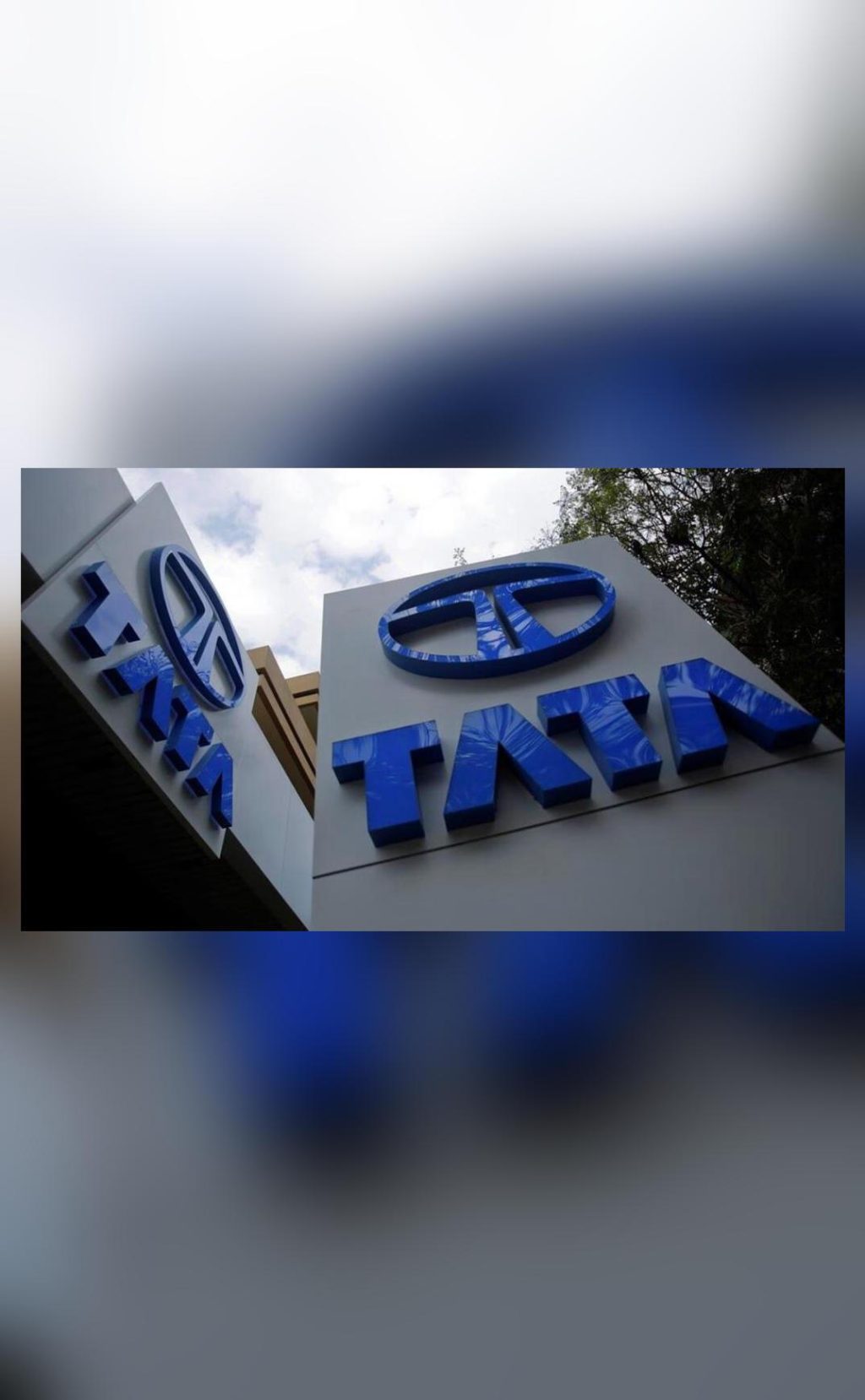
Tata Motors reports ₹867 crore net loss, revenue at ₹18,585 crore
The automotive industry has been facing significant challenges in recent times, and Tata Motors, one of the leading players in the sector, has reported a consolidated net loss of ₹867 crore in the second quarter of FY26. This is a significant decline from the same period last year, when the company posted a consolidated profit of ₹498 crore. The loss is attributed to various factors, including increased costs, competition, and market downturn.
Despite the net loss, the company’s revenue from operations rose 6% year-over-year (YoY) to ₹18,585 crore in Q2 FY26, from ₹17,535 crore reported in Q2 FY25. This growth in revenue is a positive sign, indicating that the company is still generating significant sales, despite the challenges it is facing.
The commercial vehicles arm of Tata Motors has been particularly affected, with the segment reporting a significant decline in profitability. The company has attributed this decline to increased competition, higher input costs, and a slowdown in demand. The commercial vehicles segment is a crucial part of Tata Motors’ business, and the decline in profitability is a significant concern for the company.
The passenger vehicles segment, on the other hand, has reported a growth in sales, driven by the increasing demand for electric and hybrid vehicles. The company has been investing heavily in the development of electric and hybrid vehicles, and this investment is starting to pay off. The growth in the passenger vehicles segment is a positive sign, and the company is expected to continue to invest in this area.
The company’s management has stated that the net loss is a one-time event, and the company is taking steps to reduce costs and improve profitability. The company has implemented various cost-cutting measures, including reducing staff, streamlining operations, and improving efficiency. The company is also focusing on increasing sales, particularly in the passenger vehicles segment, to drive growth and profitability.
The automotive industry is highly competitive, and companies are constantly looking for ways to stay ahead of the competition. Tata Motors has been investing heavily in research and development, particularly in the areas of electric and hybrid vehicles. The company has also been expanding its product portfolio, with the launch of new models and variants.
The company’s financial performance is closely watched by investors, and the net loss has had a significant impact on the company’s stock price. The company’s stock price has declined significantly since the announcement of the net loss, and investors are waiting to see how the company will recover from this setback.
In conclusion, Tata Motors’ report of a ₹867 crore net loss in the second quarter of FY26 is a significant decline from the same period last year. Despite the net loss, the company’s revenue from operations has grown 6% YoY, indicating that the company is still generating significant sales. The company’s management has stated that the net loss is a one-time event, and the company is taking steps to reduce costs and improve profitability. The company’s focus on increasing sales, particularly in the passenger vehicles segment, is expected to drive growth and profitability.
The automotive industry is highly competitive, and companies are constantly looking for ways to stay ahead of the competition. Tata Motors has been investing heavily in research and development, particularly in the areas of electric and hybrid vehicles. The company’s expansion of its product portfolio, with the launch of new models and variants, is also expected to drive growth and profitability.
As the company moves forward, it will be important to watch how the company’s financial performance improves. The company’s management has stated that the net loss is a one-time event, and the company is taking steps to reduce costs and improve profitability. The company’s focus on increasing sales, particularly in the passenger vehicles segment, is expected to drive growth and profitability.
The company’s long-term prospects are positive, driven by the growing demand for electric and hybrid vehicles. The company’s investment in research and development, particularly in the areas of electric and hybrid vehicles, is expected to pay off in the long term. The company’s expansion of its product portfolio, with the launch of new models and variants, is also expected to drive growth and profitability.
In the short term, the company’s financial performance is expected to be impacted by the net loss. The company’s stock price has declined significantly since the announcement of the net loss, and investors are waiting to see how the company will recover from this setback. However, the company’s management has stated that the net loss is a one-time event, and the company is taking steps to reduce costs and improve profitability.
Overall, Tata Motors’ report of a ₹867 crore net loss in the second quarter of FY26 is a significant decline from the same period last year. Despite the net loss, the company’s revenue from operations has grown 6% YoY, indicating that the company is still generating significant sales. The company’s focus on increasing sales, particularly in the passenger vehicles segment, is expected to drive growth and profitability. The company’s long-term prospects are positive, driven by the growing demand for electric and hybrid vehicles.






